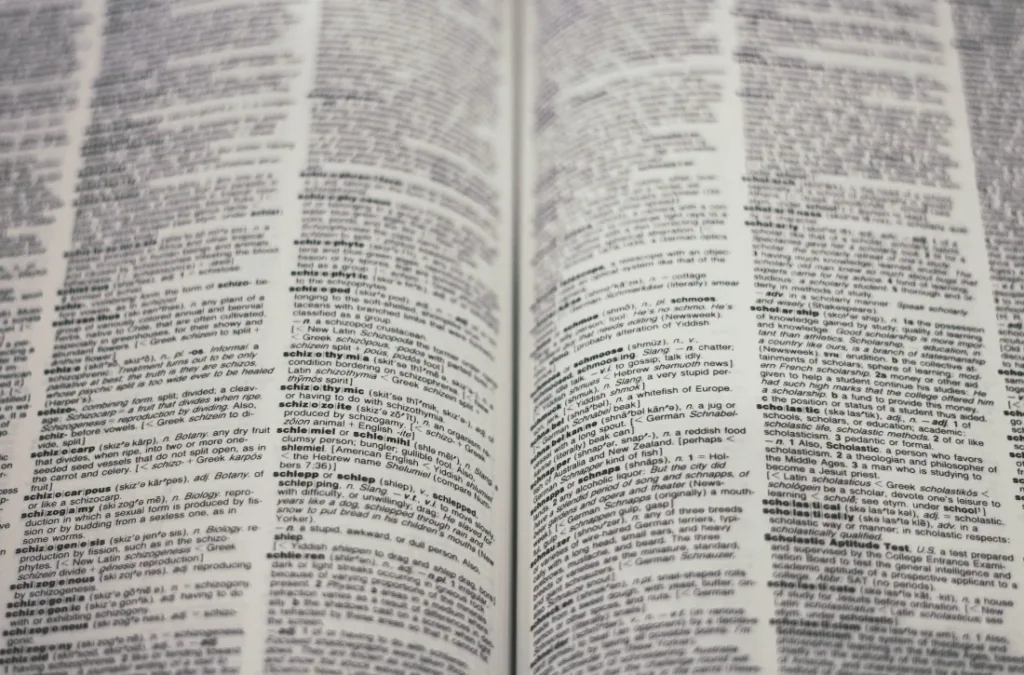Minimalism vs. Maximalism in Writing and Design – An In-Depth Analysis
In a captivating discussion between the Cultural Tutor (who has amassed an impressive following of 1.7 million on Twitter) and his host, they explore one of the most significant yet often overlooked transformations in modern society: the shift from maximalism to minimalism and how to write better.
This conversation reveals how this fundamental change hasn’t just affected our writing—it’s reshaping our entire cultural landscape.

The Evolution of Communication
The podcast begins with a striking observation about human nature:
“If there’s one thing human beings cannot handle, it is being bored. Minimalism is a lack of personality, a lack of edge.”
This statement sets the stage for a deeper examination of how our communication styles have evolved and what we might be losing in the process.
The Fundamental Tension
The core thesis presents a complex interplay between two opposing forces:
Maximalism Offers:
- Rich personality and character
- Emotional depth and resonance
- Textural complexity
- Cultural and historical connections
- Nuanced expression
- Atmospheric immersion
Minimalism Provides:
- Clear communication
- Efficient information transfer
- Accessibility
- Direct messaging
- Streamlined understanding
- Universal appeal

The Omnipresence of the Divide
The Cultural Tutor eloquently explains how this dichotomy permeates every aspect of modern life:
“Once you start to see them, you see them in literally everything.
I mean the clothes you’re wearing, shoes you’re wearing, the chairs we sitting in, this table, all of these things… how they’ve been designed are influenced by that spectrum.”
Areas Affected by the Minimalism-Maximalism Divide:
- Physical Environment
- Architecture
- Interior design
- Product design
- Fashion
- Urban planning
- Visual Communication
- Graphic design
- Brand identity
- Web design
- User interfaces
- Typography
- Written Communication
- Literary style
- Business communication
- Social media
- Journalism
- Academic writing

Historical Oscillation
The conversation reveals a fascinating historical perspective on how these styles have alternated throughout history:
The Victorian Maximum
- Characterized by ornate decoration
- Complex, multilayered designs
- Elaborate social customs
- Flowery wallpaper and furnishings
- Intricate architectural details
The Ancient Minimum
The Cultural Tutor points out a surprising historical fact:
“If you read 16th century stuff, Elizabethan around the time of Shakespeare… read prose from that time… these guys are fairly obscure now but Thomas Elliot and Roger Ascham or Thomas Decker… the 16th century prose is easier to understand than 18th or 19th century prose.”
Key Historical Examples:
- The King James Bible (1611)
- Created by 49 translators
- Remarkable clarity despite age
- Accessible language
- Effective use of simple conjunctions
- Enduring readability
- Geoffrey Chaucer (14th Century)
- Clear narrative style
- Direct communication
- Modern relevance when spelling is updated
- Accessible storytelling
- Enduring appeal

The Language Spectrum
The discussion delves deep into the richness of language and what we risk losing through extreme minimalism:
The Numbers:
- 750,000 total English words
- 150,000 words in frequent use
- Vast vocabulary potential
- Rich semantic possibilities
The Green Example:
The Cultural Tutor uses the word “green” to demonstrate the importance of precise language:
Different Applications:
- Basic Green
- Simple description
- Limited emotional impact
- Basic communication
- Emerald Green
- Suggests luxury
- Implies precious qualities
- Cultural associations
- Sunshine Leaf Green
- Evokes nature
- Suggests vitality
- Creates imagery
- Sickly Green
- Implies illness
- Creates emotional response
- Sets mood

The Power of Maximalist Writing
The discussion highlights John Ruskin as a master of maximalist prose.
His work “The Stones of Venice” opens with this powerful passage:
“Since first the Dominion of men was asserted over the ocean, three Thrones of Mark beyond all others have been set upon its Sands: the Thrones of Tyre, Venice, and England…”
What Makes This Effective:
- Creates immediate atmosphere
- Establishes historical context
- Builds emotional resonance
- Demonstrates careful word choice
- Maintains clarity despite complexity
The Modern Efficiency Trap
The Cultural Tutor identifies a critical issue in modern communication:
“It’s this obsession with efficiency… if I can’t get it now and I can’t get it straight away, why bother?”
Consequences of the Efficiency Obsession:
- Loss of Depth
- Reduced emotional impact
- Simplified ideas
- Limited expression
- Cultural Implications
- Shortened attention spans
- Resistance to complexity
- Devaluation of nuance
- Writing Impact
- Formulaic approaches
- Limited vocabulary
- Reduced stylistic range

Learning to Appreciate Complexity
The Cultural Tutor offers valuable insights for developing appreciation for more complex writing:
Development Process:
- Initial Exposure
- Accept initial difficulty
- Practice patient reading
- Build comprehension gradually
- Building Comfort
- Regular exposure to period writers
- Increasing familiarity with complex styles
- Growing appreciation for nuance
- Mastery
- Natural understanding of complex prose
- Appreciation for linguistic richness
- Enhanced reading experience
Finding the Perfect Balance
The conversation suggests that the ideal approach combines elements of both styles:
Key Components:
- Clarity Without Sacrifice
- Maintain clear communication
- Preserve artistic elements
- Balance complexity with accessibility
- Strategic Complexity
- Use rich language purposefully
- Create meaningful atmosphere
- Engage readers deeply
- Modern Adaptation
- Incorporate traditional elements
- Adapt to contemporary needs
- Preserve cultural richness

Conclusion on How To Write Better
The shift from maximalism to minimalism represents more than just a change in style—it reflects a fundamental transformation in how we process and value information.
While modern minimalism offers undeniable benefits in clarity and efficiency, we must be mindful not to lose the depth, texture, and emotional resonance that maximalist approaches provide.
The challenge for contemporary writers and creators is to forge a path that honors both traditions while serving modern needs.
This might mean:
- Embracing complexity when it serves a purpose
- Using simple language without becoming simplistic
- Creating depth while maintaining accessibility
- Preserving efficiency without sacrificing soul
As we navigate this balance, we might remember that some ideas, like fine wine or deep relationships, require time and patience to fully appreciate.
In our rush for immediate understanding, we shouldn’t lose sight of the pleasure and value that can come from slowly unwrapping complex ideas and savoring rich, textured writing.
(Source: “How I Write” Podcast with David Perell featuring Cultural Tutor)




